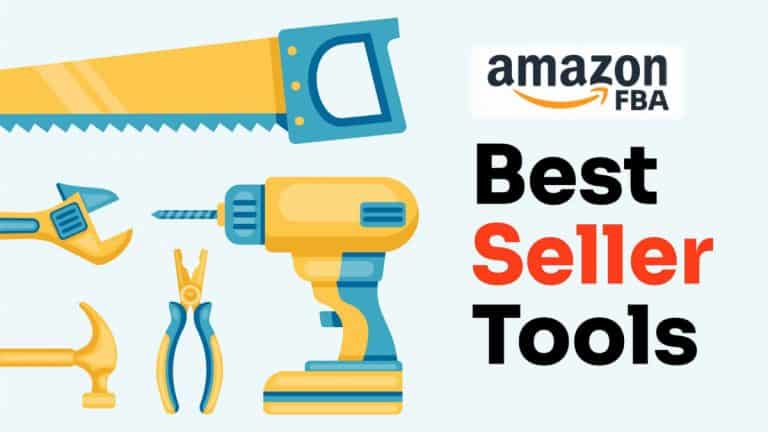Email Marketing Secrets for E-commerce Success

In today’s competitive e-commerce landscape, email marketing
remains one of the most effective strategies for driving sales, increasing
customer loyalty, and maximizing return on investment (ROI). While social media
and paid ads are crucial for brand visibility, email marketing offers a direct
and personalized approach to engaging potential and existing customers. With
the right techniques, e-commerce businesses can significantly boost conversions
and revenue. In this guide, we’ll uncover the best email marketing secrets for
e-commerce success to help you stay ahead in 2025.
1. Build and
Segment Your Email List for Maximum Impact
The foundation of any successful email marketing strategy
starts with building a high-quality email list. Instead of purchasing email
lists—which can result in low engagement and spam complaints—focus on organic
list-building strategies. Encourage visitors to sign up through lead magnets,
discount offers, and exclusive deals. Adding an exit-intent pop-up offering a
10% discount on their first purchase can work wonders.
Once you have a strong email list, segmentation is key. Not
all customers are the same, and sending generic emails won’t drive results.
Segment your audience based on purchase history, browsing behavior, cart
abandonment, and engagement levels. For example, sending personalized
recommendations based on previous purchases increases the chances of a repeat
sale.
2. Craft
Subject Lines That Drive Opens
Your subject line determines whether your email is opened or
ignored. A compelling subject line should be short, intriguing, and
action-driven. Studies show that subject lines with personalization, such as
including the recipient’s first name, have higher open rates. A/B testing
different variations will help you understand what resonates with your
audience.
Some high-converting email subject lines include:
- "🔥
Limited-Time Offer: 20% Off Your Favorites!"
- "Hey
[Name], Your Exclusive Deal is Inside!"
- "Last
Chance! Your Cart is Waiting for You!"
By optimizing subject lines, you improve your email’s open
rates, engagement, and overall conversion potential.
3.
Personalization is the Key to Higher Conversions
Customers today expect personalized experiences. Generic, one-size-fits-all
emails often go unread or land in the spam folder. Advanced email marketing
strategies now incorporate AI-driven recommendations, behavioral triggers, and
dynamic content.
For instance, if a customer frequently browses running shoes
on your website but hasn’t made a purchase, sending them an email with a
personalized recommendation and a special discount can encourage them to buy.
Moreover, birthday emails with exclusive deals create a sense of appreciation
and encourage repeat purchases.
4. Use
Automated Email Sequences to Nurture Customers
Email automation allows e-commerce brands to engage
customers at the right moment without manual effort. Setting up automated
sequences for different customer touchpoints improves engagement and retention.
Some essential automated email flows include:
- Welcome
Series – A sequence that introduces your brand, shares your story, and
offers an exclusive discount.
- Abandoned
Cart Emails – A reminder to complete the purchase, often with a limited-time
incentive.
- Post-Purchase
Follow-ups – A thank-you email with product care tips or a request for
a review.
- Win-Back
Campaigns – A re-engagement email offering discounts to inactive
subscribers.
Automation ensures that your emails reach customers at the
right stage of their journey, leading to higher engagement and conversions.
5.
Optimize for Mobile to Maximize Engagement
With over 60% of emails being opened on mobile devices,
optimizing your email content for mobile users is no longer optional. A poorly
formatted email can lead to low engagement, high bounce rates, and lost sales.
Ensure your emails are mobile-friendly by using:
- A
responsive email design that adapts to different screen sizes.
- Short
paragraphs and clear CTAs (Call-to-Action) that are easy to tap.
- Fast-loading
images and properly formatted buttons for mobile users.
A seamless mobile experience ensures higher click-through
and conversion rates.
6.
Leverage Social Proof for Credibility and Trust
Customers are more likely to purchase when they see others
having a positive experience with your brand. Including customer reviews,
testimonials, and user-generated content in emails builds credibility and
trust. Featuring a best-selling product with a review snippet can encourage
hesitant buyers to make a purchase.
Additionally, sharing real customer success stories through
case studies or testimonials in your emails fosters authenticity and enhances
engagement.
7. Time
Your Emails Strategically for Maximum Engagement
Timing plays a crucial role in email marketing success.
Sending emails at the wrong time can reduce open rates and engagement. Studies
suggest that Tuesdays and Thursdays have the highest open rates, while emails
sent between 8 AM and 10 AM or 6 PM and 9 PM perform best.
However, the best approach is to analyze your email
marketing metrics and experiment with different sending times to determine when
your audience is most active.
Final
Thoughts
Mastering email marketing for e-commerce success requires a
combination of personalization, automation, and strategic engagement. By
building a strong email list, optimizing subject lines, leveraging automation,
and incorporating social proof, e-commerce brands can drive higher open rates,
engagement, and revenue. As we move into 2025, businesses that embrace
AI-driven email marketing and customer-centric personalization will stand out
from the competition.
Email marketing is an evolving strategy—continuously test, analyze, and refine your campaigns to achieve sustained growth and long-term success in e-commerce.





